Three women contracted HIV from “vampire facials” at a New Mexico spa, marking the first cases of HIV transmission through cosmetic injections, prompting concerns and investigations by health authorities.
The Centers for Disease Control and Prevention (CDC), the US public health agency, published a report last Thursday (April 25) to communicate that six years ago, the New Mexico Department of Health (NMDOH) was notified of a diagnosis of an HIV infection in a woman with no known HIV risk factors who reported exposure to needles from cosmetic platelet-rich plasma microneedling facials (vampire facials) received at a spa.
According to the World Health Organization (WHO), behaviors and conditions that put people at greater risk of contracting HIV include: having condomless anal or vaginal sex, having another sexually transmitted infection, engaging in harmful use of alcohol and drugs in the context of sexual behavior, sharing contaminated needles, syringes, and other injecting equipment and drug solutions when injecting drugs, receiving unsafe injections, blood transfusions, and tissue transplantation, as well as experiencing accidental needle stick injuries, including among health workers.
Three women contracted HIV from vampire facials at a New Mexico spa, prompting investigations by health authorities
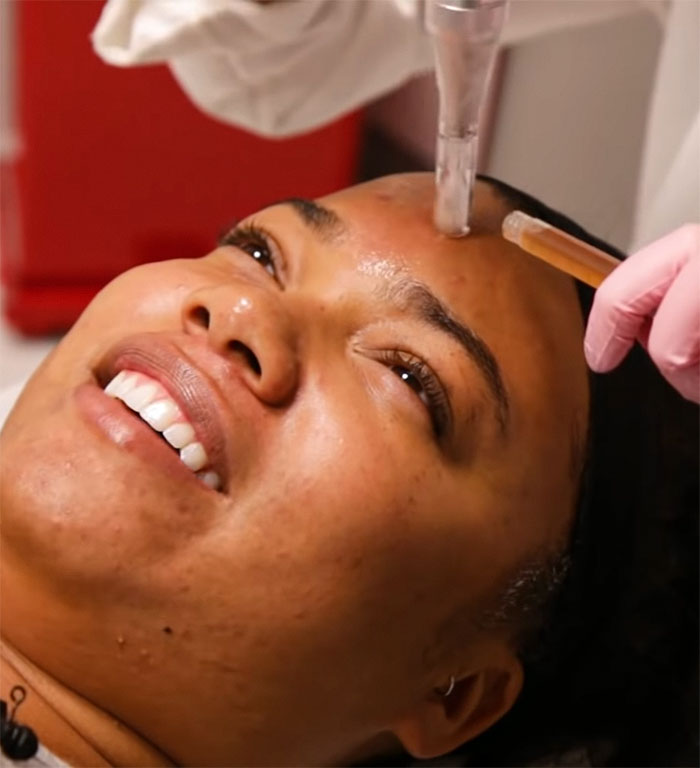
Image credits: As/Is
As per the County of Los Angeles Department of Public Health Acute Communicable Disease Control, a vampire facial (otherwise known as a vampire facelift or a platelet-rich plasma (PRP) facial) involves taking a sample of your own blood, extracting the plasma (the liquid part of your blood), and then injecting it with needles back in your face.
Injections can be done using a single needle placed in various areas of the face (similar to the process used for filler injections) or with microneedling, a procedure that involves a pen-like device (dermaroller) that has a small needle-filled tip.
An investigation of the New Mexican spa’s services began in the summer of 2018, with NMDOH and the CDC identifying four former clients, as well as one sexual partner of one of the customers, all of whom received HIV infection diagnoses during 2018–2023 despite low reported behavioral risks associated with HIV acquisition.
The investigation further found four former clients and one sexual partner diagnosed with HIV despite low reported behavioral risks
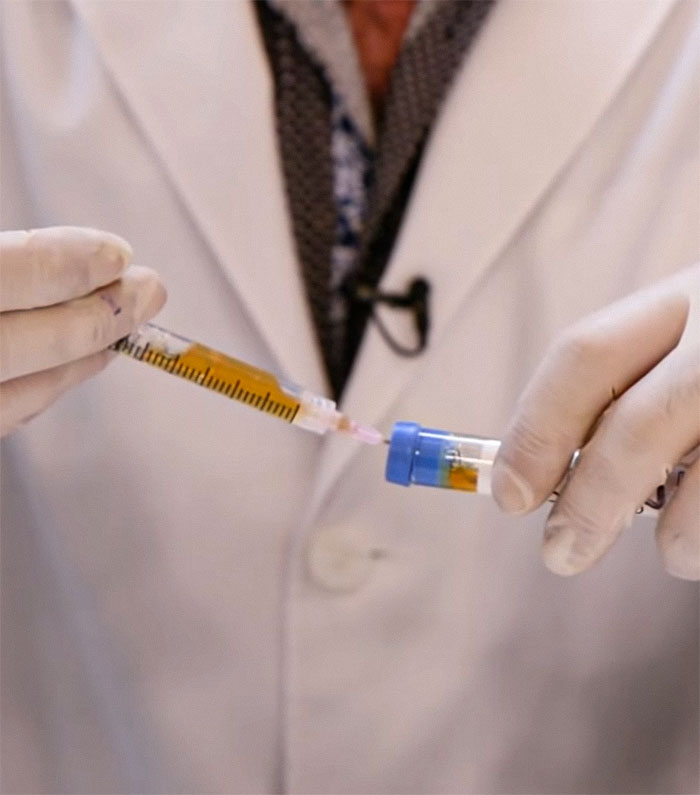
Image credits: As/Is
Nucleotide sequence analysis (analysis of the building blocks of DNA or RNA) revealed highly similar HIV strains among all cases, the CDC reported.
The investigation identified an HIV cluster associated with the receipt of cosmetic injection services at the facility, which was revealed to be unlicensed and failing to follow recommended infection control procedures or maintain client records.
The spa has since closed, but it was later revealed that the owner had been operating without appropriate licenses at multiple locations, in addition to the absence of an appointment scheduling system to store their clients’ contact information.
Transmission of HIV through cosmetic injection services via contaminated blood has not been previously documented, the CDC said.
The investigative team identified 59 clients at risk for exposure, including 20 who received PRP with microneedling at the spa and 39 who received other injection services, such as botox, during the case-finding period.
Nucleotide sequence analysis revealed similar HIV strains among cases associated with unlicensed cosmetic injection services
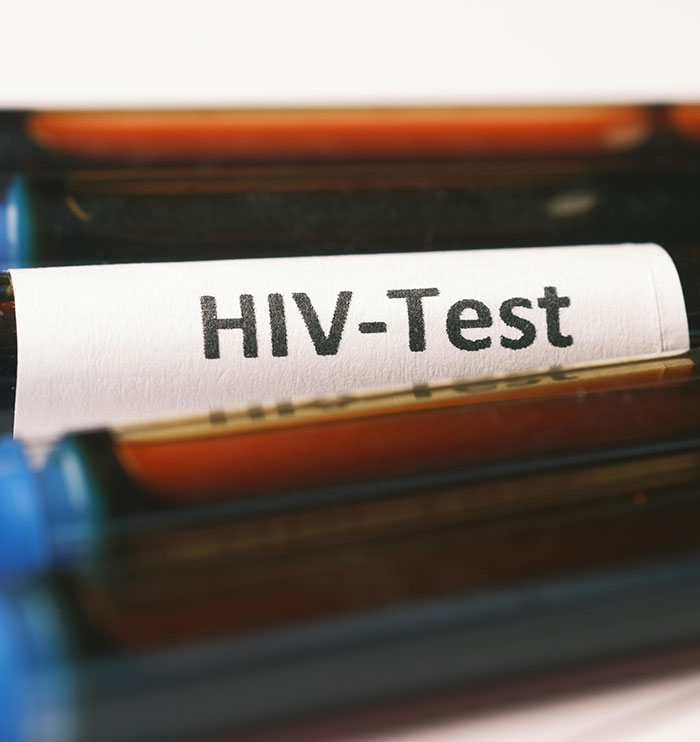
Image credits: Towfiqu barbhuiya
By spring 2023, five patients had been identified, including four women and one man, who was a sexual partner of one of the four women patients and never received any services from the spa, the CDC reported.
Before receiving a diagnosis of confirmed HIV infection, two of the five patients had previously received a positive rapid HIV test result during routine evaluations for life insurance, one in the summer of 2016 and the other in the fall of 2018.
However, only one patient reported being notified of the positive screening test result and subsequently had their HIV diagnosis confirmed by a primary care provider in the winter of 2019.
The other patient received a confirmed HIV diagnosis after hospitalization with an AIDS-defining illness in fall 2021.
The difference between HIV and AIDS is that HIV (human immunodeficiency virus) is a virus that weakens your immune system, and it can lead to AIDS if left untreated.
Reports showed unprecedented transmission of HIV, identifying 59 at-risk clients and five infected patients by spring 2023
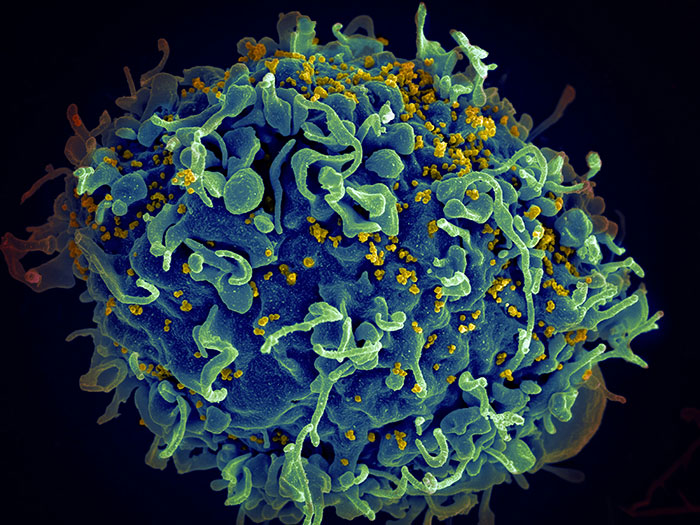
Image credits: National Cancer Institute
AIDS (acquired immunodeficiency syndrome) is a condition that can happen as a result of an HIV infection when your immune system is severely weakened, Cleveland Clinic explains.
The spa’s on-site inspection reportedly revealed multiple unsafe infection control practices, such as a centrifuge, a heating dry bath, and a rack of unlabeled tubes containing blood just left on a kitchen counter.
Moreover, unlabeled tubes of blood and medical injectables were stored in a kitchen refrigerator along with food.
Additionally, unwrapped syringes were found in drawers, on counters, and discarded in regular trash cans.
An autoclave (steam sterilizer) was not found on the premises, the CDC reported. Meanwhile, procedure equipment was simply surface cleaned using ammonium chloride disinfecting spray and benzalkonium chloride disinfecting wipes after each client visit.
Kim Kardashian was among other celebrities promoting vampire facials at some point
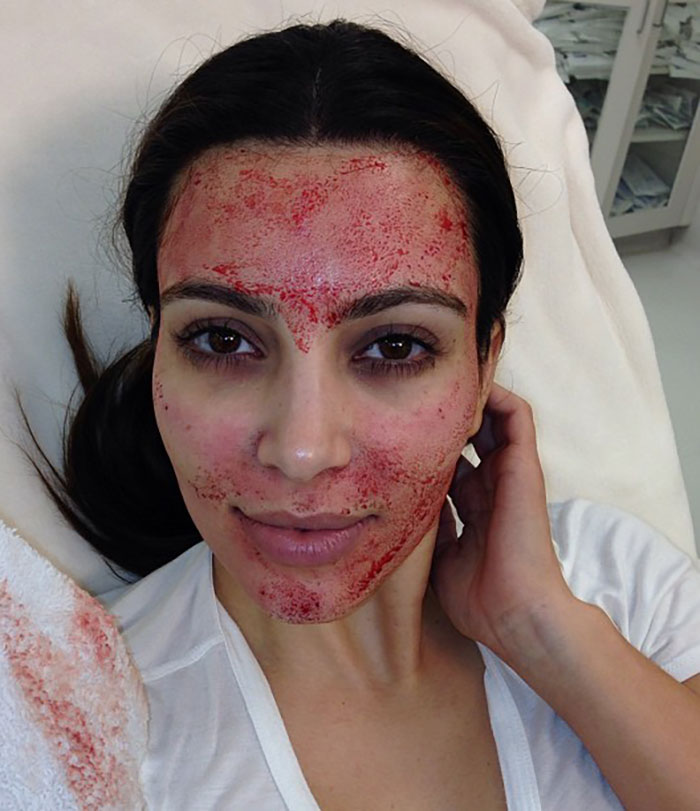
Image credits: kimkardashian
Disposable electric desiccator tips were cleaned by alcohol immersion and reused, the investigation showed.
The National Institute of Allergy and Infectious Disease noted that the development of antiretroviral drugs to treat HIV has turned what was once an almost always fatal infection into a manageable chronic condition.
Antiretroviral therapy can reduce the amount of HIV in the blood to levels that are undetectable with standard tests.
Research has demonstrated that achieving and maintaining a “durably undetectable” viral load (the amount of HIV in the blood) not only preserves the health of the person living with HIV but also prevents sexual transmission of the virus to people without HIV.
“This is horrifying,” a reader commented



















 English (US) ·
English (US) ·